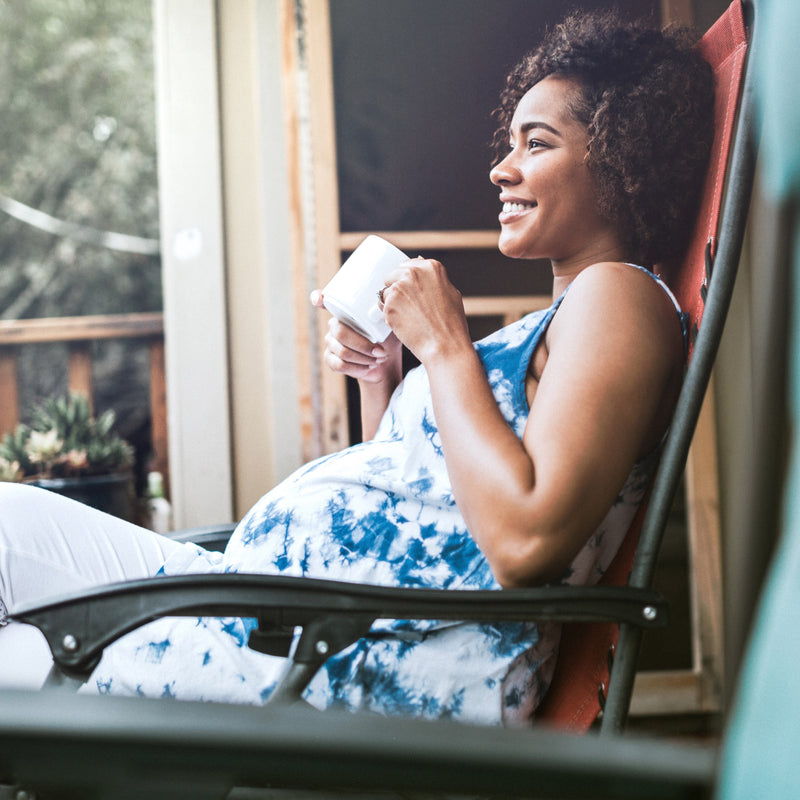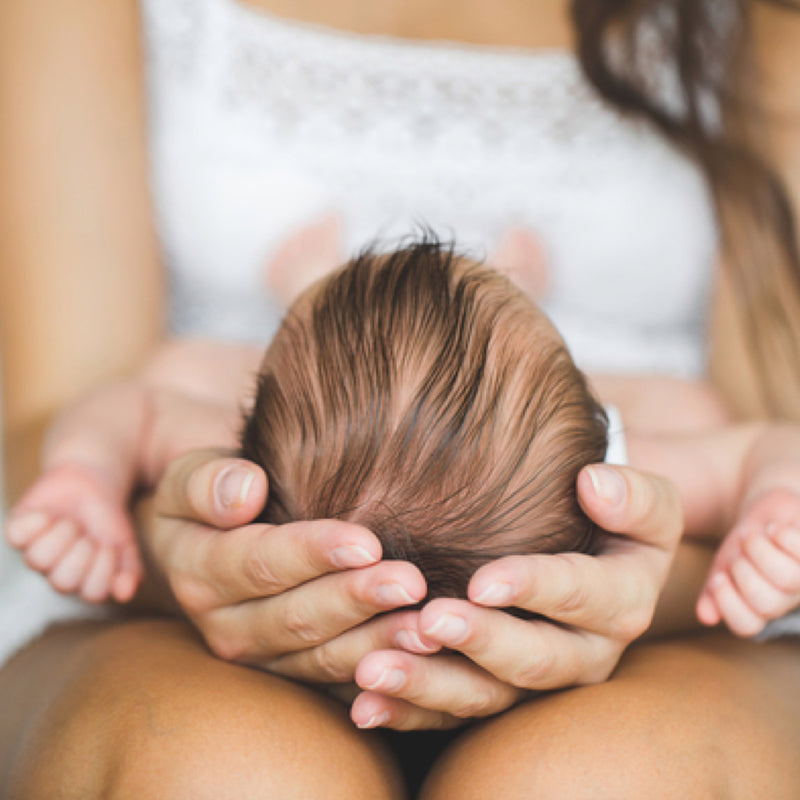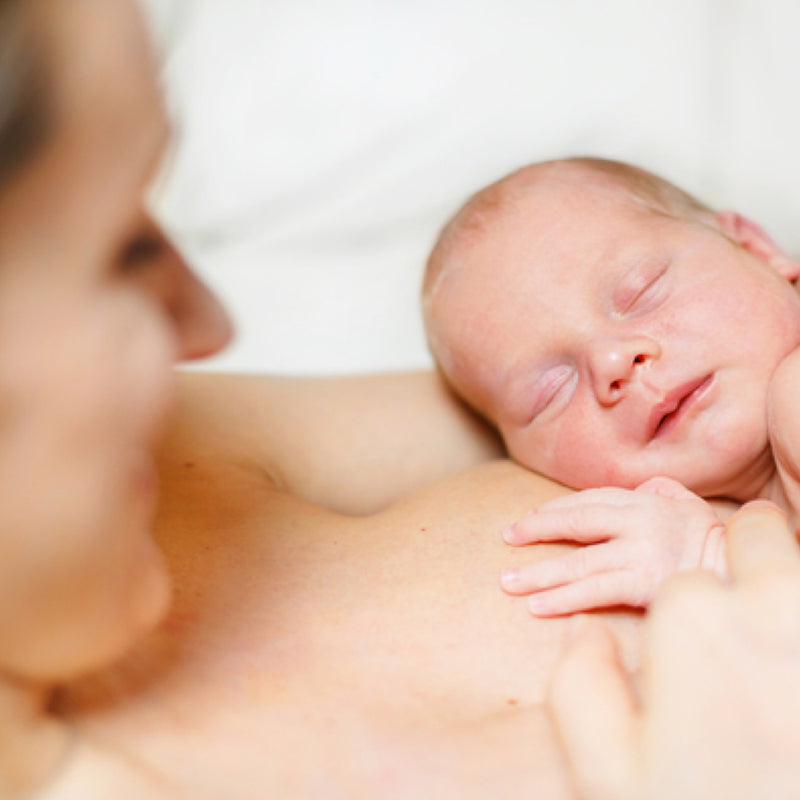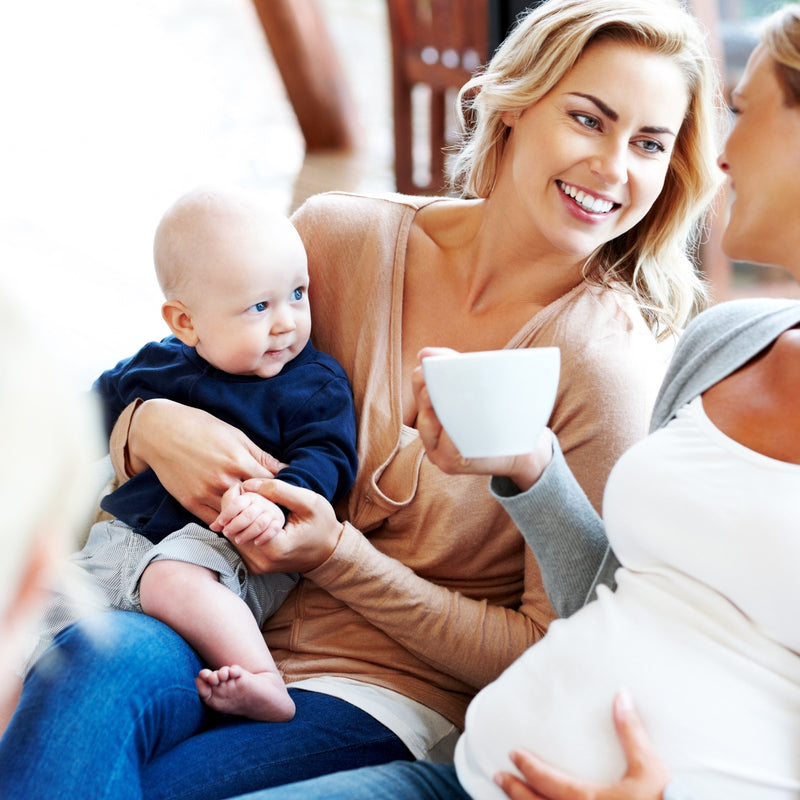Many of the families I look after ask me what I think of baby walkers and jolly jumpers. Many with the impression I am going to tell them to remove them immediately from their house.
Jolly jumpers and baby walkers have been bringing smiles and giggles to families for years, I remember seeing the look on my niece’s face when she was in the walker, only to realise later she had no interest in crawling and when walking holding our hands she was toe walking. She had motor delay!
This has forced me to study the research.
It made sense to me that it would cause delays in motor development as they were being forced to be mobile when their bodies and nervous system was not ready. Vital connections need to occur before a child can crawl, walk, sit up, hold head up and if this is not yet establish naturally, equipment can take away from this process. They also need to have developed the strength and cervical and lumbar lordosis for these milestones to occur.
Companies promote baby walkers and jumpers to promote motor development and learning, tell me which parent wouldn’t buy this for their child?
In the Journal of Child: Care, Health and Development, May 2001, “Infants who use equipment (high chairs and infant seats) tended to score lower on infant motor development compared to infants who did not use them.” Another study in the Journal of Developmental and Behavioral Paediatrics, 1999, states, “Walker experienced infants, sat, crawled and walked later than non-walker infants, and they scored lower on Bayley Scales of Mental and Motor Development.”
The Journal of Pediatrics, June 1994, discussed the safety issues of infants in baby walkers, and stated injuries were high and the “injuries predominately involved head and neck region (97%), few to extremities (6%), trunk (3%).”
What worries me is the increasing risk of injury to a child when using equipment. Not to mention the Bumbo seat has caused more injury from falls from tables and kitchen benches. What seems like a good idea at the time can end up causing tears in a mum who has just witnessed their child fall.
What’s the problem with using baby walkers and jumpers?
When children are placed in this equipment they recruit muscles to allow them to either stand up, sit up, often times before they have learnt the milestone first. This places stress on their brain development, as the brain then believes they know how to do so without having done the hard task of learning through the adequate pathways.
For example, if a child is put in a jumper before they are pulling themselves up from a standing position, their brain uses other muscles rather than learning and getting strength in their upper body, legs, back and neck. Therefore the brain then believes it knows what to do, often causing delays in the actual milestone.
When is it safe to use baby walkers and jumpers?
- When a child is walking and has done so for 2-3 months unassisted
- No longer than 30 mins -1 hour a week
- Child must have crawled
- Must have sufficient strength in legs
- Must not have flat spot on occiput (plagiocephaly)
- Be cautious of use near stairs, outside on decking near stairs, or on uneven surfaces
If this criterion is met, then you can rest assured knowing a child who does spend some time using this equipment, will score well on the Developmental Scale.
Our Products
-
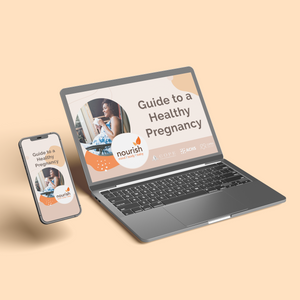
01. Guide to a Healthy Pregnancy
$55 -
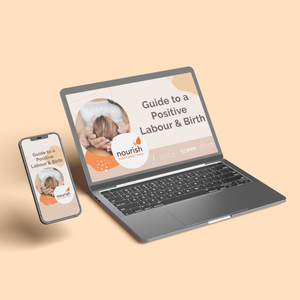
02. Positive Birthing Course
$55 -
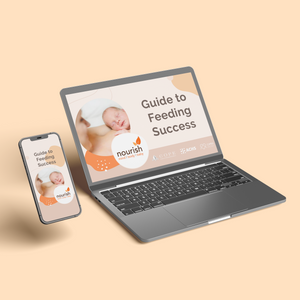
03. Infant Feeding Guide
$55 -
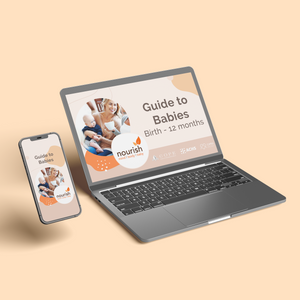
04. Baby Sleep Guide - First 12 Months
$55 -
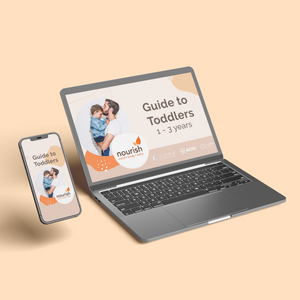
05. Toddler Parenting Course 1 - 3 Years
$55
-
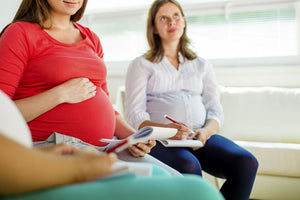 When to Start Antenatal Classes?
When to Start Antenatal Classes?
Becoming a parent is an incredible milestone, but it comes with a host of changes that can be daunting, especially for first time parents. Antenatal classes are all about offering expectant parents the education they need to make informed decisions, look after their bodies and care for their newborn babies. While you probably already have a long list of things you need to accomplish during your pregnancy, it’s a good idea to make time to attend antenatal classes.
-
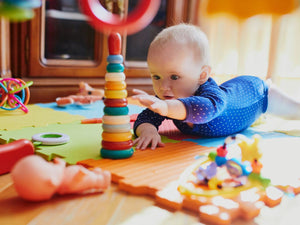 Development Milestones 4-8 Months
Development Milestones 4-8 Months
As they reach the middle of their first year, you'll start to see bigger leaps in their growth and ability!
In this article, we’re going to discuss your baby’s developmental milestones between 4-8 months, and what you can expect along the way.





 When to Start Antenatal Classes?
When to Start Antenatal Classes?
 Development Milestones 4-8 Months
Development Milestones 4-8 Months

